Are you being deceived by gels? A study shows that some do not contain what they claim
Energetic gels have become one of the most common ways to ingest carbohydrates during sports practice, especially for the most athletic cyclists who can quickly and easily recover energy even during high-intensity efforts. However, the nutritional information about the nutrients they provide does not always match the reality of their content.
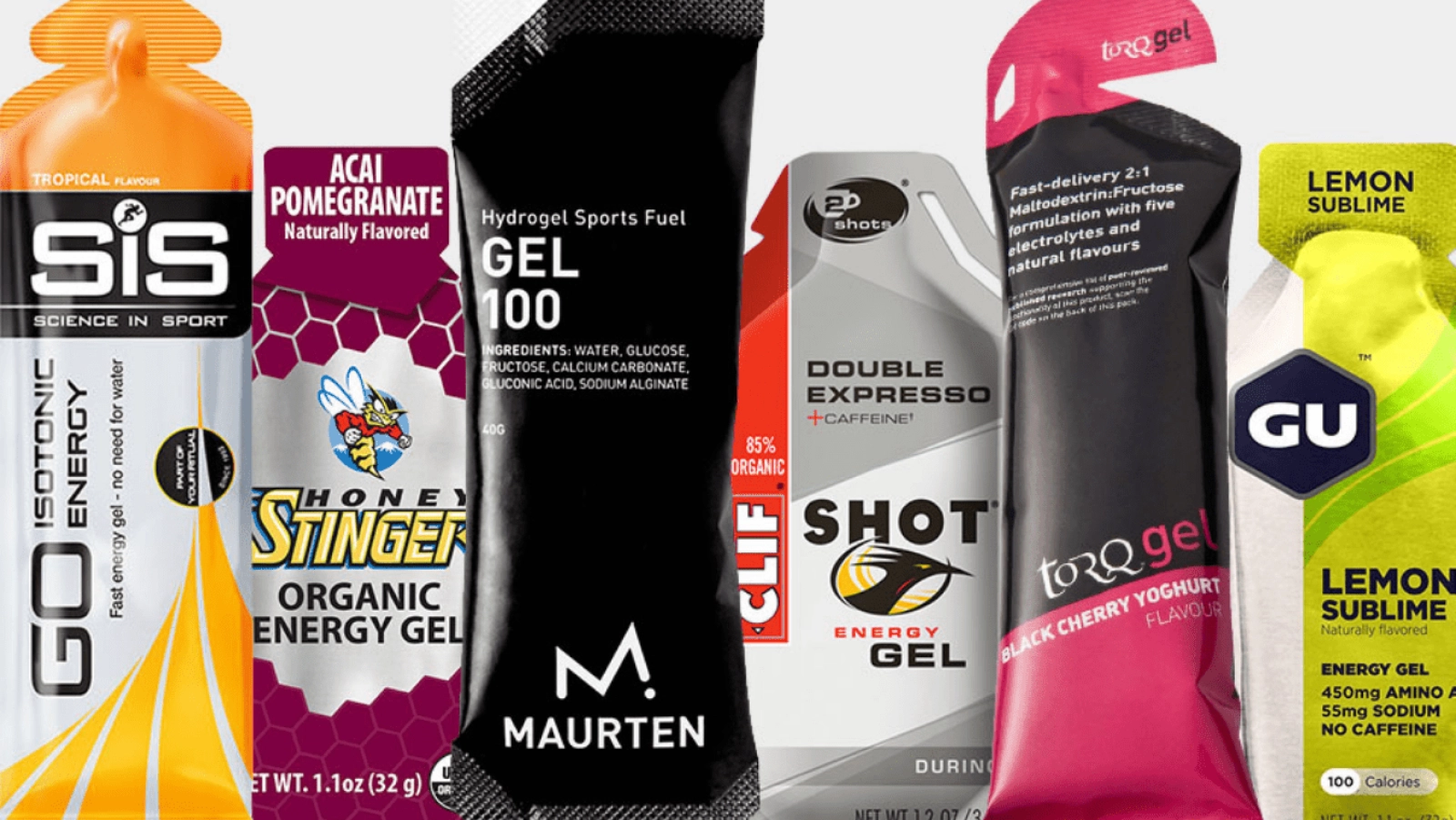
Differences discovered between the actual nutrient content of gels and what their labels say
For most cyclists, especially those who engage in less demanding practice, it is probably something that does not concern them, and most of them have not bothered to look at the nutritional information label at any time. However, for more competitive cyclists, this information is essential when adjusting the caloric intake during races so that they consume the necessary gels to have energy until the end of the test.
Something that is now in doubt after the study recently published in the International Journal of Sport Nutrition and Exercise Metabolism, which analyzed the nutritional contents of gels from eight commonly used brands. An analysis that revealed discrepancies between the declared figure in the nutritional information of the product and the actual carbohydrate content of each gel.
RECOMENDADO
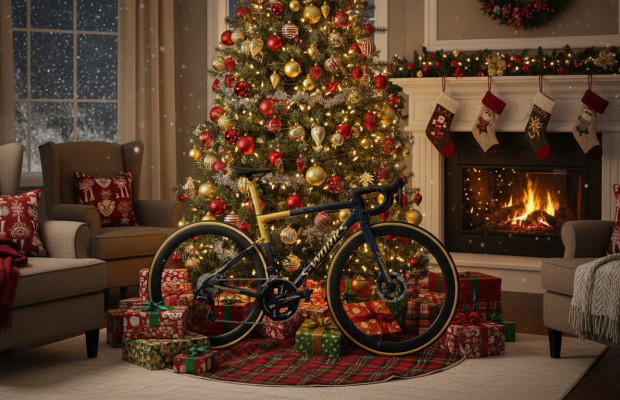
25 cycling gifts ideas to get it right

When do helmets have to be changed? Do they have an expiration date?
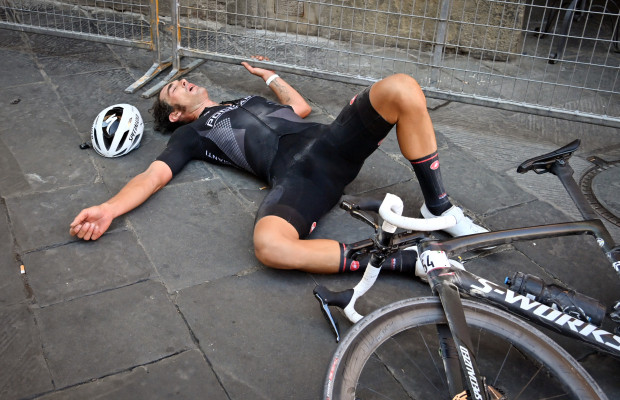
How many days should a cyclist rest per week?
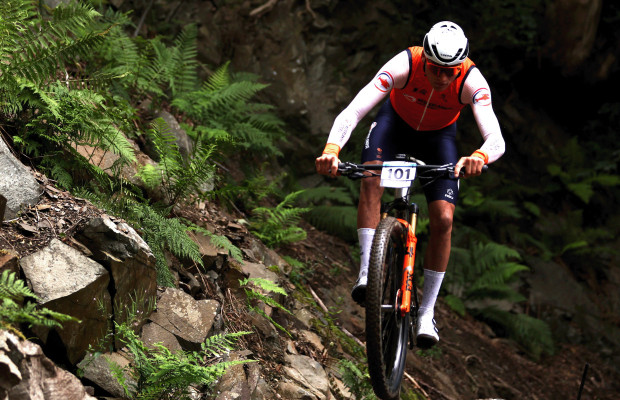
Some reasons to stay away from the road in winter
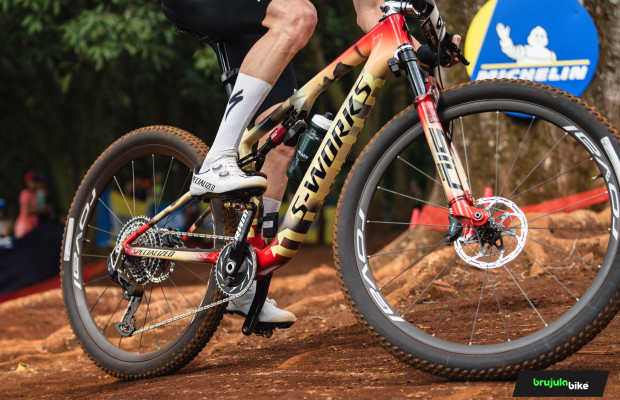
S-Works: what does it really mean and where does Specialized's most exclusive label come from?

The best apps for cycling and mountain biking
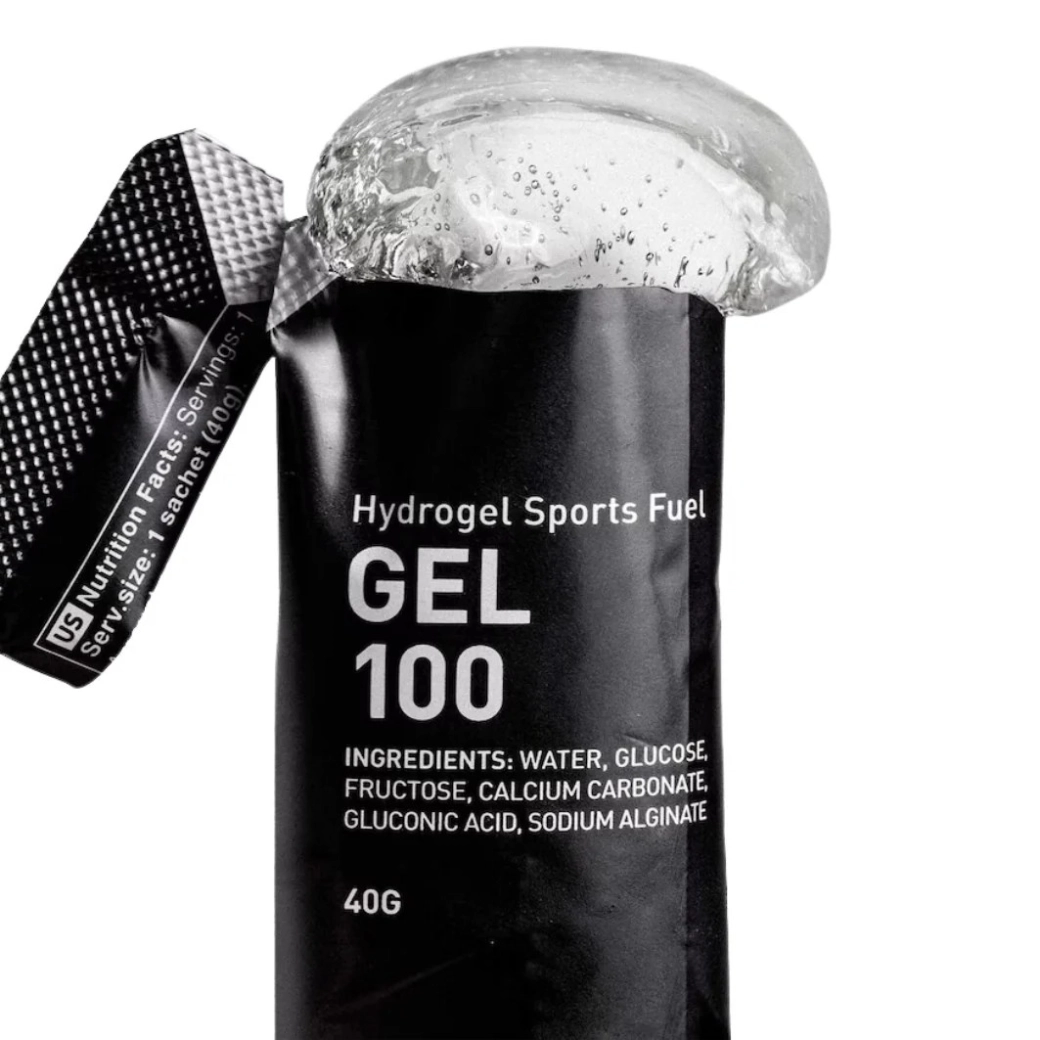
The problem revealed by this study is that, in some of the tested brands, this discrepancy is systematic and not something specific to certain units. However, these discrepancies were within the 15% accuracy range established by current regulations, although in almost all the models tested, they were lower.
Of the eight gels analyzed in the study, seven were within that range. The only ones that clearly failed were from the Sprint Energy brand, with a 72% lower carbohydrate content than indicated on their label.
At the opposite end of the classification, we find the Maurten gels, which practically match the declared carbohydrate figure, and even provide more energy than indicated on their label. Very close to Maurten are other renowned brands such as SiS's Beta Fuel, which are accurate in their calorie figure provided and only have a small discrepancy of 0.8 g in the amount of carbohydrates contained.
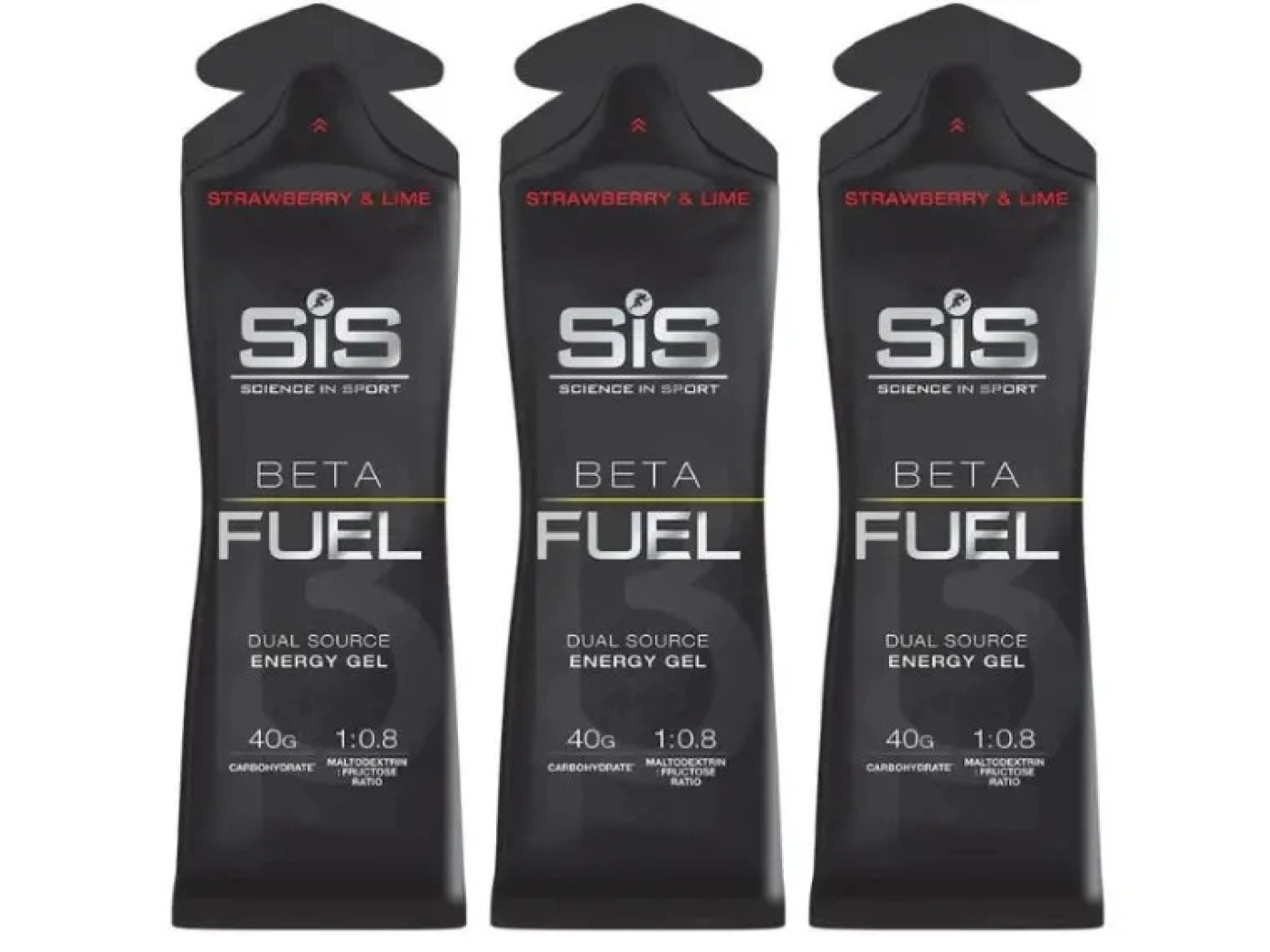
These differences can be of great importance in competition, where nutrition is increasingly detailed to fine-tune energy intake. Obviously, consuming less than what we believe we are providing can lead to the dreaded "bonk" unexpectedly, apart from the fact that with the prices of gels, no one likes to be deceived by receiving less product than they think they are buying.